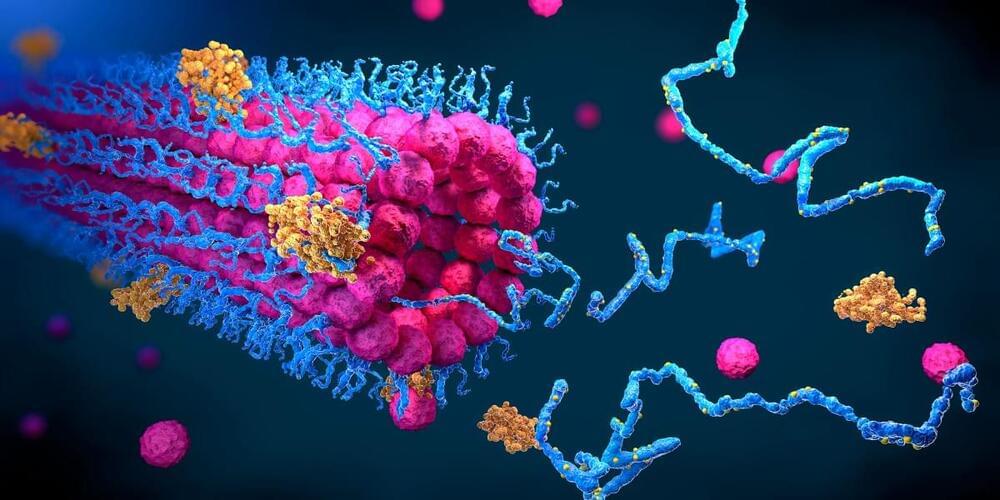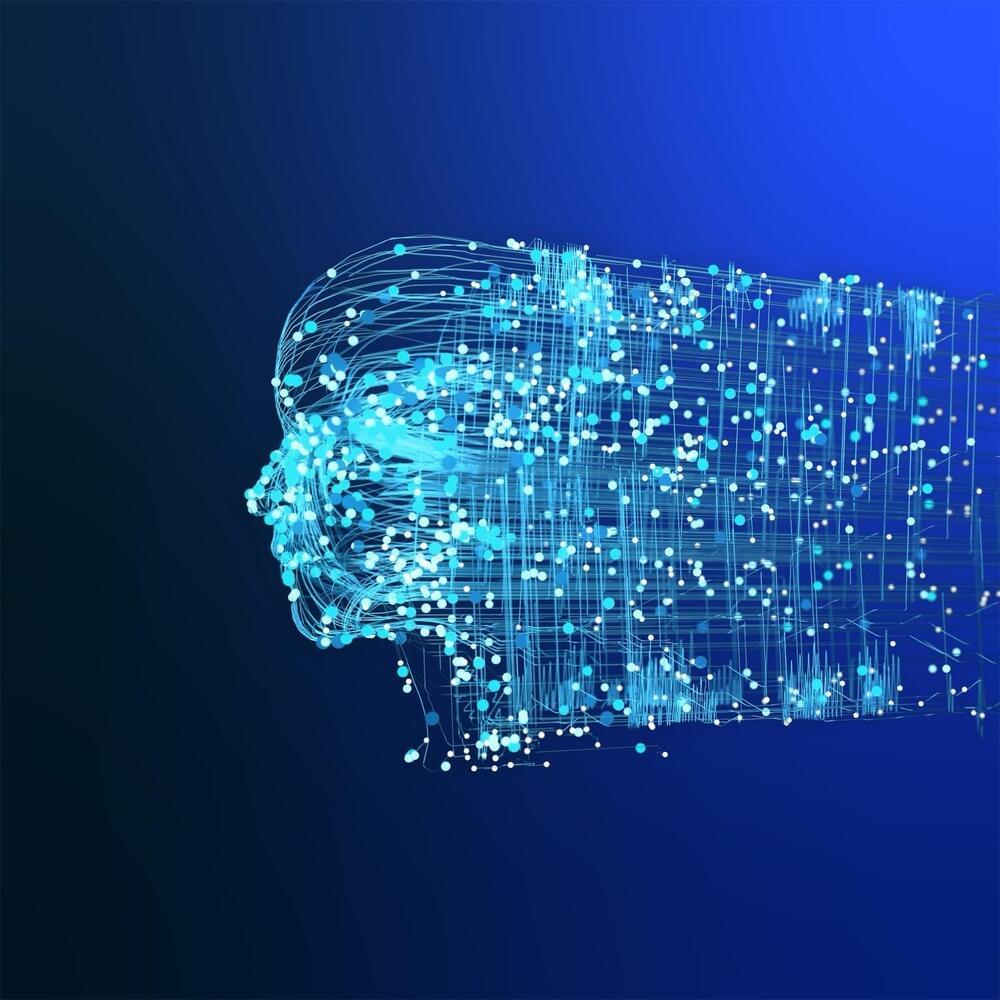Sam Altman, a tech CEO, has finally watched a movie about sleazy tech CEO that invents a possibly conscious AI humanoid robot. Huh.



Usual weather prediction systems have the capacity to generate around 50 predictions for the week ahead. FourCastNet can instead predict thousands of possibilities, accurately capturing the risk of rare but deadly disasters and thereby giving vulnerable populations valuable time to prepare and evacuate.
The hoped-for revolution in climate modeling is just the beginning. With the advent of AI, science is about to become much more exciting—and in some ways unrecognizable. The reverberations of this shift will be felt far outside the lab; they will affect us all.
Researchers from the University of Tokyo pool knowledge of robotics and tissue culturing to create a controllable robotic finger covered with living skin tissue. The robotic digit has living cells and supporting organic material grown on top of it for ideal shaping and strength. As the skin is soft and can even heal itself, the finger could be useful in applications that require a gentle touch but also robustness. The team aims to add other kinds of cells into future iterations, giving devices the ability to sense as we do.
Albert Einstein proved decades ago that time and space are inseparable. However, because of the expansion of the Universe, events that occurred after the Big Bang now appear to have slowed down. As it turned out, time flowed many times slower at the dawn of the Universe than it does today.
Here’s What We Know
Scientists at the University of Sydney have come to this conclusion. Their study took two decades. During this time period, they observed 190 active supermassive black holes at the centres of galaxies. They are emitted by intense radiation and are called quasars.

There are moments when scientists come close to creating the future artists envision for us. Researchers at the University of Tokyo have taken a step closer to bringing a sci-fi standard into reality: living human skin for robots.
Made from real cells, the living skin not only has the realistic texture that faux skin has difficulty mimicking, but also the ability to keep out water and heal itself.
“I think living skin is the ultimate solution to give robots the look and touch of living creatures since it is exactly the same material that covers animal bodies,” said Shoji Takeuchi, first author of the study and a project professor at the University of Tokyo who works on biohybrid systems.

Robotic finger. Illustration showing the cutting and healing process of the robotic finger (A), its anchoring structure (B) and fabrication process ©. ©2022 Takeuchi et al.
Researchers from the University of Tokyo pool knowledge of robotics and tissue culturing to create a controllable robotic finger covered with living skin tissue. The robotic digit has living cells and supporting organic material grown on top of it for ideal shaping and strength. As the skin is soft and can even heal itself, the finger could be useful in applications that require a gentle touch but also robustness. The team aims to add other kinds of cells into future iterations, giving devices the ability to sense as we do.
Professor Shoji Takeuchi is a pioneer in the field of biohybrid robots, the intersection of robotics and bioengineering. Together with researchers from around the University of Tokyo, he explores things such as artificial muscles, synthetic odor receptors, lab-grown meat, and more. His most recent creation is both inspired by and aims to aid medical research on skin damage such as deep wounds and burns, as well as help advance manufacturing.

Just a week after the ChatGPT Browse feature went live on the iOS app, OpenAI had to deactivate it due to displaying content “in ways we don’t want,” according to a tweet from the company that created the AI chatbot.
The feature enabled users to bypass paywalls to access subscription-based content without subscriptions. “If a user specifically asks for a URL’s full text, it may inadvertently fulfill this request. We are disabling Browse while we fix this — want to do right by content owners,” the company’s tweet continued.
OpenAI didn’t see this one coming.

Michael Levin, a developmental biologist at Tufts University, has a knack for taking an unassuming organism and showing it’s capable of the darnedest things. He and his team once extracted skin cells from a frog embryo and cultivated them on their own. With no other cell types around, they were not “bullied,” as he put it, into forming skin tissue. Instead, they reassembled into a new organism of sorts, a “xenobot,” a coinage based on the Latin name of the frog species, Xenopus laevis. It zipped around like a paramecium in pond water. Sometimes it swept up loose skin cells and piled them until they formed their own xenobot—a type of self-replication. For Levin, it demonstrated how all living things have latent abilities. Having evolved to do one thing, they might do something completely different under the right circumstances.
Slime mold grows differently depending on the music playing.
Not long ago I met Levin at a workshop on science, technology, and Buddhism in Kathmandu. He hates flying but said this event was worth it. Even without the backdrop of the Himalayas, his scientific talk was one of the most captivating I’ve ever heard. Every slide introduced some bizarre new experiment. Butterflies retain memories from when they were caterpillars, even though their brains turned to mush in the chrysalis. Cut off the head and tail of a planarian, or flatworm, and it can grow two new heads; if you amputate again, the worm will regrow both heads. Levin argues the worm stores the new shape in its body as an electrical pattern. In fact, he thinks electrical signaling is pervasive in nature; it is not limited to neurons. Recently, Levin and colleagues found that some diseases might be cured by retraining the gene and protein networks as one might train a neural network.

Generative AI art service Midjourney has added two new features that make images “weirder” and more panoramic. Midjourney has been rapidly spitting out features over the past few weeks, with the service expected to make the jump to version 6 before the end of July. In the meantime, customers have been given a selection of creative new toys to play with in version 5.2.
New features tell the Midjourney AI to make images weirder or to pan the camera in different directions.

